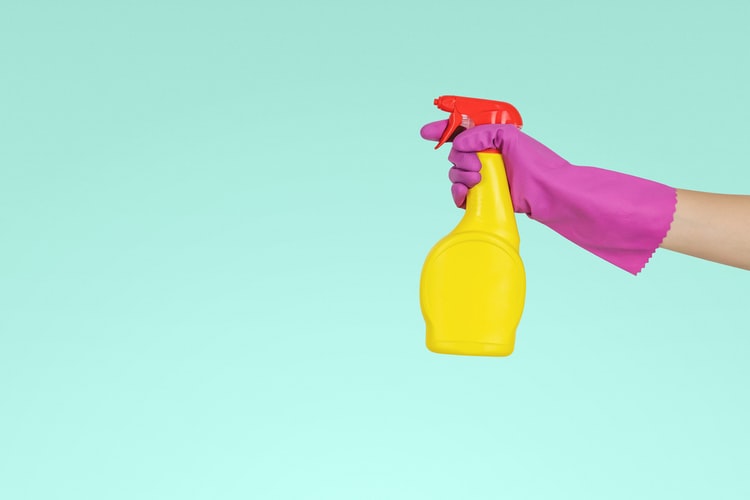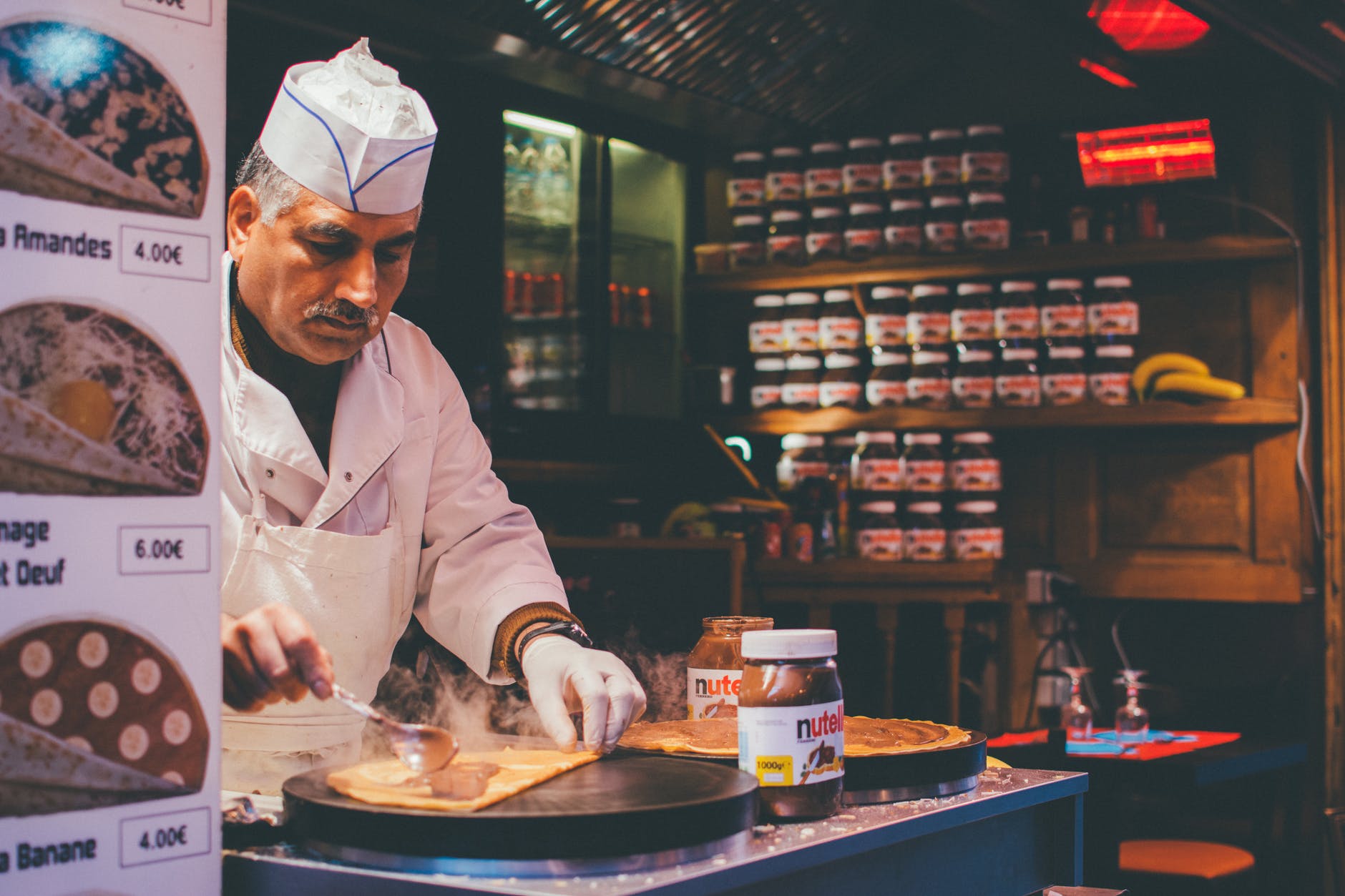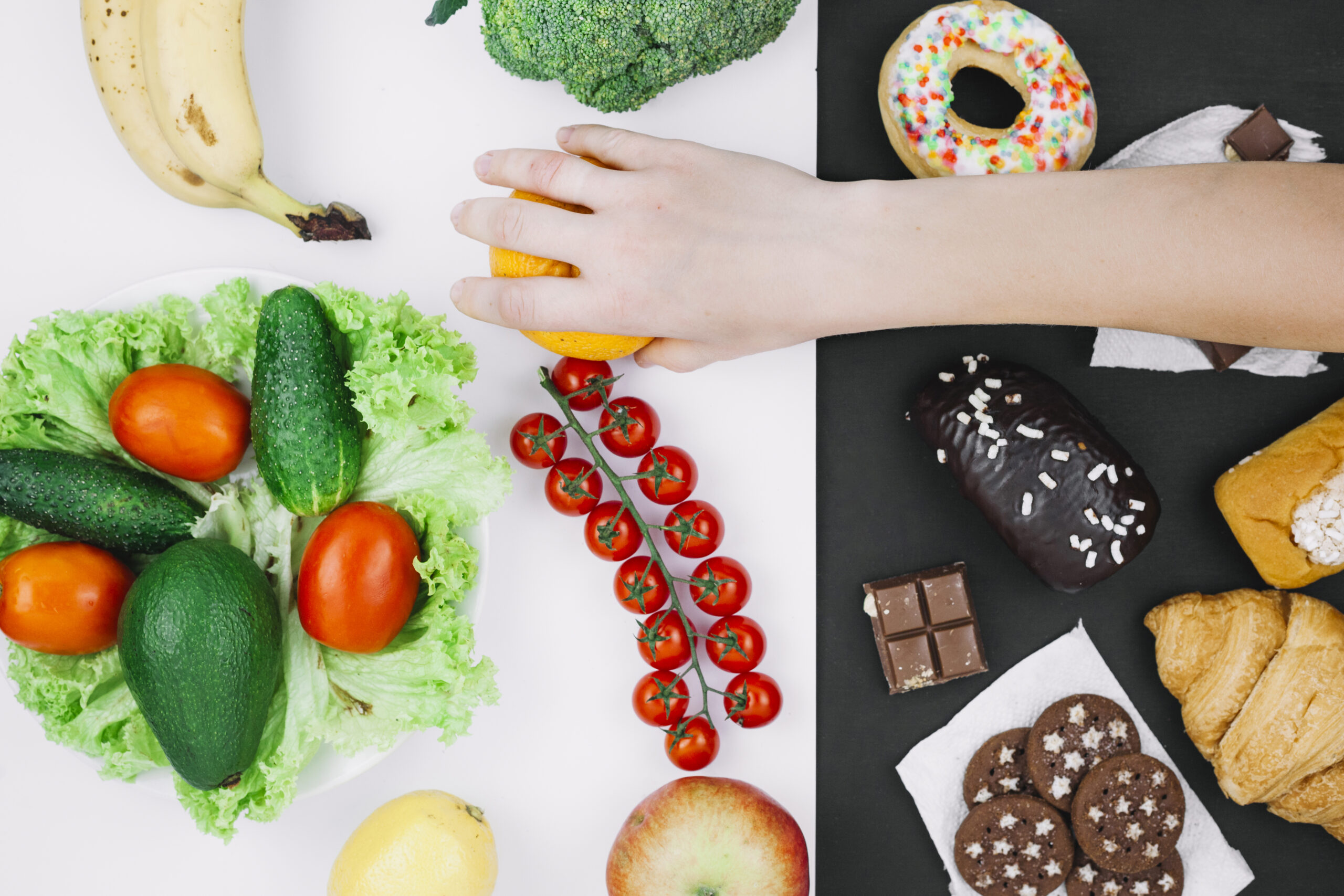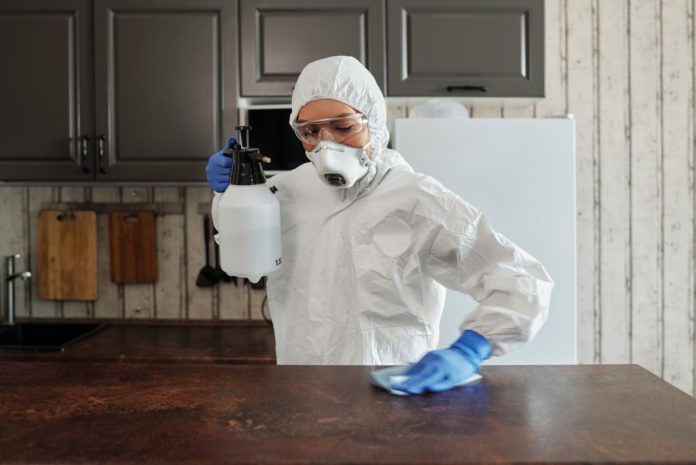With the Covid-19 Pandemic going at a full swing, running a kitchen can be a daunting task. This is because the virus is highly contagious, and kitchens are usually cramped so there is a higher chance of infections spreading. This is why in the new normal, a whole new level of cleanliness is needed to run a kitchen safely and successfully. New ways of working need to be implemented and new safety precautions need to be followed. And most of all, it is important for kitchen staff to know how to work safely and efficiently. Here are 6 Kitchen safety tips for the new normal.
1. Disposable gloves are a must
In the new normal, we need to be as vigilant as possible. As kitchen staff and supervisors predominantly work with their hands, it is imperative that we use disposable gloves frequently. Before the pandemic, some kitchens were content with having their kitchen staff wash their hands or use hand-sanitizers before handling food.
But it is no longer enough in the new normal where disposable gloves are a must. According to the World Health Organization (WHO) kitchen staff must change gloves before and after preparing foodstuff. This may seem like a hassle and an additional dent to the budget, but if you want to run a kitchen safely in the new normal, you will have to adhere to these precautions.
2. Social distancing
Social distancing is a new concept for people. But in the new normal, we will need to make it a part of our daily life. This is especially true for kitchen workers. According to WHO rules, kitchen staff must follow the social distancing rule. Which is to stand at least 6 feet away from other staff.Â
If you have ever worked in a busy kitchen, you will know that it is extremely difficult to practice social distancing. Chefs and kitchen staff constantly bump into each other and often work in cramped conditions. But during this pandemic, we should learn to adapt.Â
It may be very difficult, but social distancing is not impossible. Kitchen staff should just be more aware of their surroundings and the people they work with. The kitchen will have to be restructured of course. Depending on the size and construction of the kitchen, there should be a more systematic way of working. The kitchen could be structured where the pantry, prep stations, kitchen counters, and the dishwashing areas are isolated from one another. The workers should also have a set protocol on how to serve food and receive the dishes. That way, there would be less contact between the waiters, dishwashers, and the food preparation staff. By following a set procedure, the risk of catching Coronavirus can be lessened in the workplace.
3. Frequently use hand sanitizers
Hand sanitizers have always been a constant in the kitchen. And even though disposable gloves are becoming a part of kitchen protocol, hand sanitizers are still a must. This is because kitchen workers cannot always wear gloves outside. And when they come in for work, they have already been exposed to infectants from the outside.Â
Once a kitchen worker comes in for work, they should follow the protocol. The first step is to wash their hands. It is always a good idea to place hand sanitizer stations all over the kitchen. These key locations should be at the entrance of the kitchen, and somewhere near the workplaces. By making them as accessible as possible the workplace will be a safer place.
One of the main issues of having to use hand sanitizers constantly is that they can really stretch your budget. And there is also the fact that they are in high demand, which makes getting a hold of them a chore. So why not future proof your hand sanitizer supply and buy a hand sanitizer maker for the kitchen? With this machine, you won’t have to buy hand sanitizers. Instead, you could create your own supply.
4. Frequently sanitize kitchen tops, surfaces, and counters

The kitchen should always be as clean as possible. Remember that foodstuffs such as raw meat and vegetables are being processed in the kitchen on a daily basis. If the kitchen is not cleaned properly, it can become a breeding ground for dangerous bacteria.Â
This danger is further compounded by the Covid-19 crisis. Thus it is imperative that you frequently and systematically clean every inch of the kitchen. Before the day starts, the cleaning staff should clean every part of the kitchen such as the kitchen tops, counters, and every surface. The pantries should also be cleaned thoroughly and inspections should be done before the start and the end of each day.
5. Utilize proper gear
Aside from disposable gloves, kitchen workers should also be given additional gear such as PPE masks, shields, and coats. It may seem excessive to use medical equipment in the kitchen, but remember that food preparation is very risky during these times of pandemic. And if you want your workers and customers to be as safe as possible, then you should invest in the gear, and make using them a part of your kitchen’s SOP. It might be costly at first, but the gear will protect your employees and customers. This makes it a good investment in the long run.Â
Conclusion

All of these tips and equipment are a must in the new normal. However, the most important thing to have during these uncertain times is the right mindset. We must be consistent and follow these procedures on a daily basis. These steps and precautions can be very tiresome, and your kitchen workers can get complacent in the long run.Â
And this is where the disaster is most likely to strike when they cut corners and not follow proper procedures. So always aim for consistency. Remind your employees that their lives and that of the customers depend on how well they follow these precautions in the new normal.
















































